- Joined
- Oct 23, 2013
- Messages
- 26,183
- Points
- 113
Malaysia Is The World’s Second Largest Shark Fin Importer Outranking Singapore And China
BY WANXIANG — 18 SEP 2019
Malaysia, along with Hong Kong, China, and Singapore, make up 90% of global shark fin imports.
Malaysia is the second largest importer of shark fins in the world, based on a report by international wildlife trade monitoring network Traffic
BY WANXIANG — 18 SEP 2019
Malaysia, along with Hong Kong, China, and Singapore, make up 90% of global shark fin imports.
Malaysia is the second largest importer of shark fins in the world, based on a report by international wildlife trade monitoring network Traffic
-
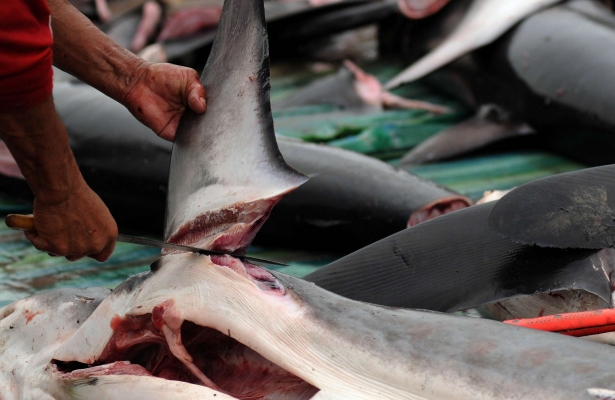
Image viaSCMP - While we choke on the haze and consume fish filled with microplastics, the latest discovery of an environmental crisis that concerns Malaysia is our consumption of shark fins.
The study, titled 'An overview of major shark traders, catchers, and species', revealed that Malaysia imported 2,556 metric tonnes (mt) of shark fin annually from 2000 to 2016.
-
- Malaysians could be responsible for roughly up to 940,000 shark deaths
- Based on data provided by SharkSaver.org, where sharks weigh between 90.7kg to 1,134kg and fins make up 3% of its body, SAYS calculated that Malaysians could be responsible for roughly 75,132 to 946,666 shark deaths.
- GIF
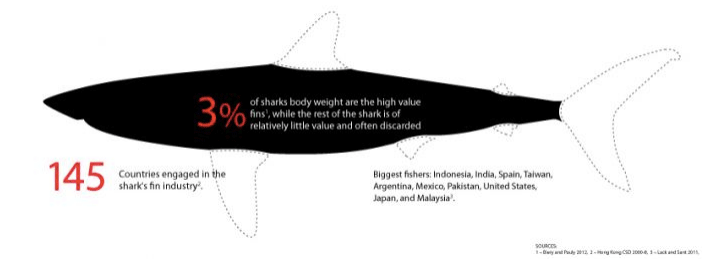
Image viaShark Savers - "The majority of reported imports were traded as 'Shark fins, dried, whether or not salted' (on average 50% of annual imports, 2000–2016), 'Shark fins, salted and in brine but not dried or smoked' (average 21%), and 'Shark fins, prepared or preserved' (average 19%)," the report wrote.
The report also noted a drastic increase of shark fin imports in 2013, labelled with the description 'shark fins, prepared or preserved by Malaysia'.
Despite being one of the largest importers of shark fins, Malaysia does not appear in the list of largest importers of shark meat.
- 90% of global shark fins were imported by Hong Kong, Malaysia, China, and Singapore
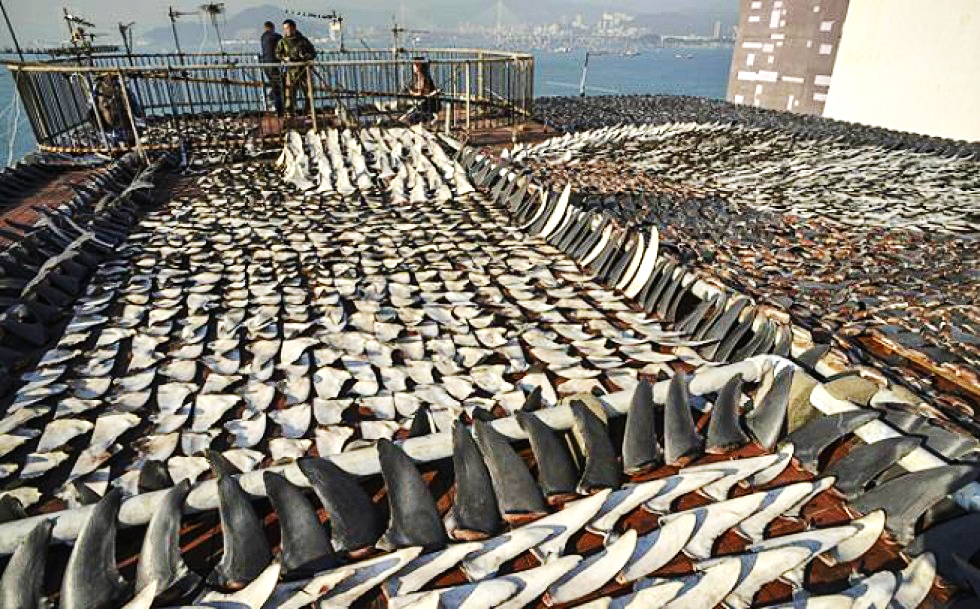
Image for illustration purposes only.
Image viaSustainability Times- Hong Kong topped the list of importers with an average of 9,069mt of shark fins, about 6,500mt or three times more than Malaysia between 2000 and 2016.
China and Singapore were ranked third and fourth on the list, importing 1,868mt and 1,587mt respectively. - GIF
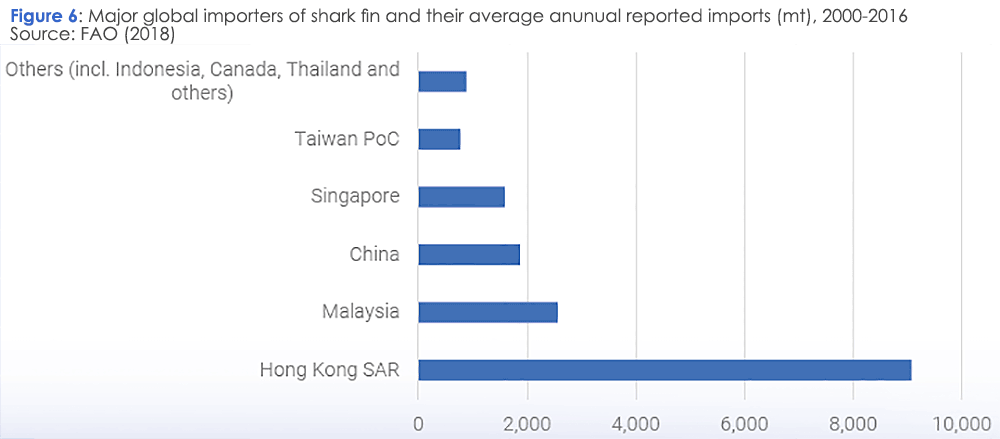
Image viaTraffic - Advertisement
- Malaysia is also the eighth largest shark catcher in the world
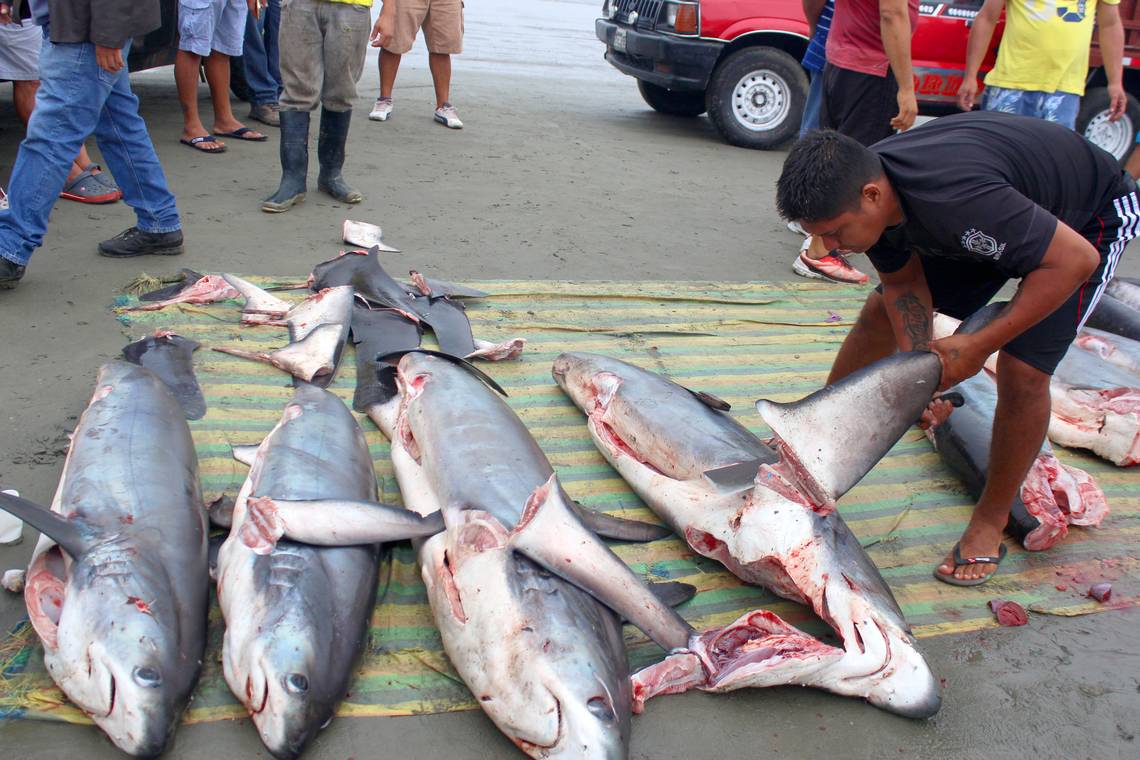
Image for illustration purposes only.
Image viaMiami Herald- "Malaysia has over the years become a more significant player globally in terms of the catch of sharks and rays as the eighth largest and now the second-largest importer of shark fins," Traffic global communications coordinator Richard Thomas told Malaysiakini.
"Malaysia imports of all shark fin types have increased from a low of 46 tonnes in 2003 to a high of 2,934 tonnes in 2016."
The report did not specify how much of the shark fins were consumed locally or re-exported to other countries after processing them.
- GIF
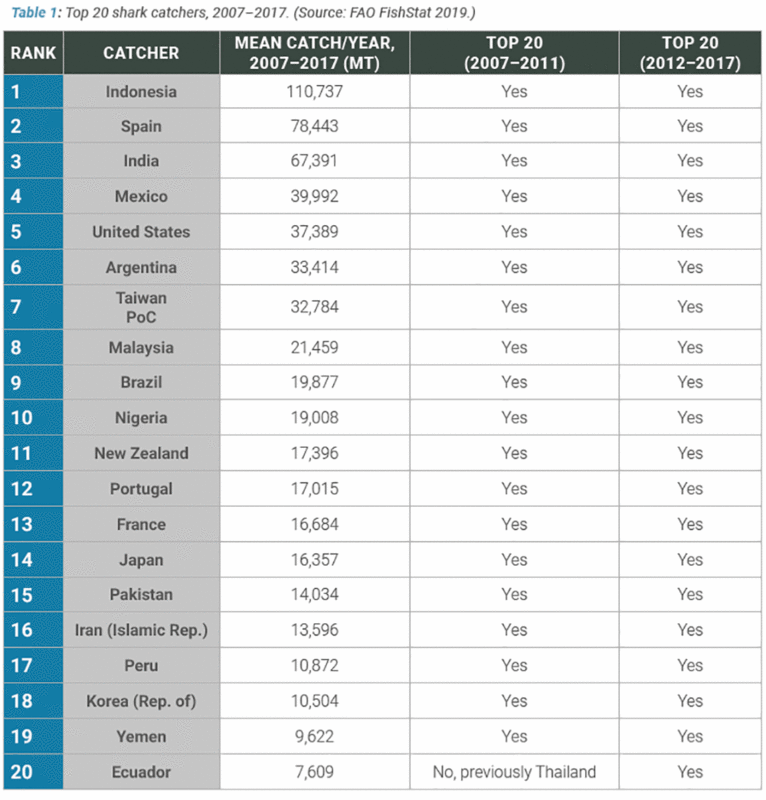
Image viaTraffic - Indonesia is the number one catcher of sharks at 110,737mt per year, between 2007 and 2017, followed by Spain at 78,443mt per year.
Malaysia caught 21,459mt of sharks per year, six places ahead of Japan at 16,357mt per year.
The top 20 countries that catch sharks are responsible for 91% of global average annual imports from 2008 to 2017, according to the report.
- Malaysia is one of 40 countries that rejected Mexico's proposal to protect 18 shark species
- Malaysia is a signatory of the Convention on the International Trade in Endangered Species of Wild Fauna and Flora (CITES) but did not vote in favour of the proposal to protect the sharks with rules for sustainable trade. 102 other countries voted in favour of it.
The Fisheries Department's reasoning for refusing to support the proposal stemmed from the fact that only two of the 18 species are found in Malaysian waters, and are unintentionally caught while targeting other species.
- Malaysia is a signatory of the Convention on the International Trade in Endangered Species of Wild Fauna and Flora (CITES) but did not vote in favour of the proposal to protect the sharks with rules for sustainable trade. 102 other countries voted in favour of it.
- As the top predator, sharks play an important role in maintaining the health of the ocean by ensuring a balanced ecosystem
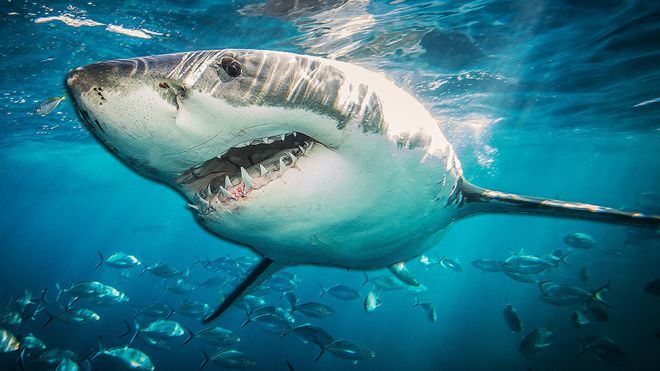
Image viaBCC- Sharks indirectly preserve the coral reefs by keeping the species below them from overpopulation, Oceana.org wrote.
Without the presence of sharks, predatory fish will increase in number and feed on the herbivores, causing coral reefs and seagrass beds to slowly die off since herbivores are responsible in keeping their habitat vibrant.



 no good for your tadpoles
no good for your tadpoles